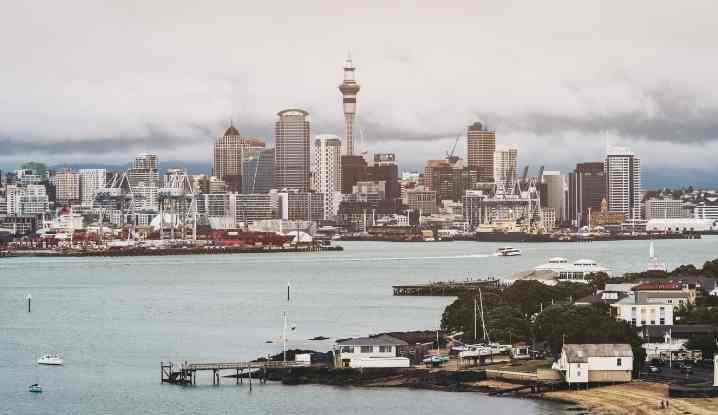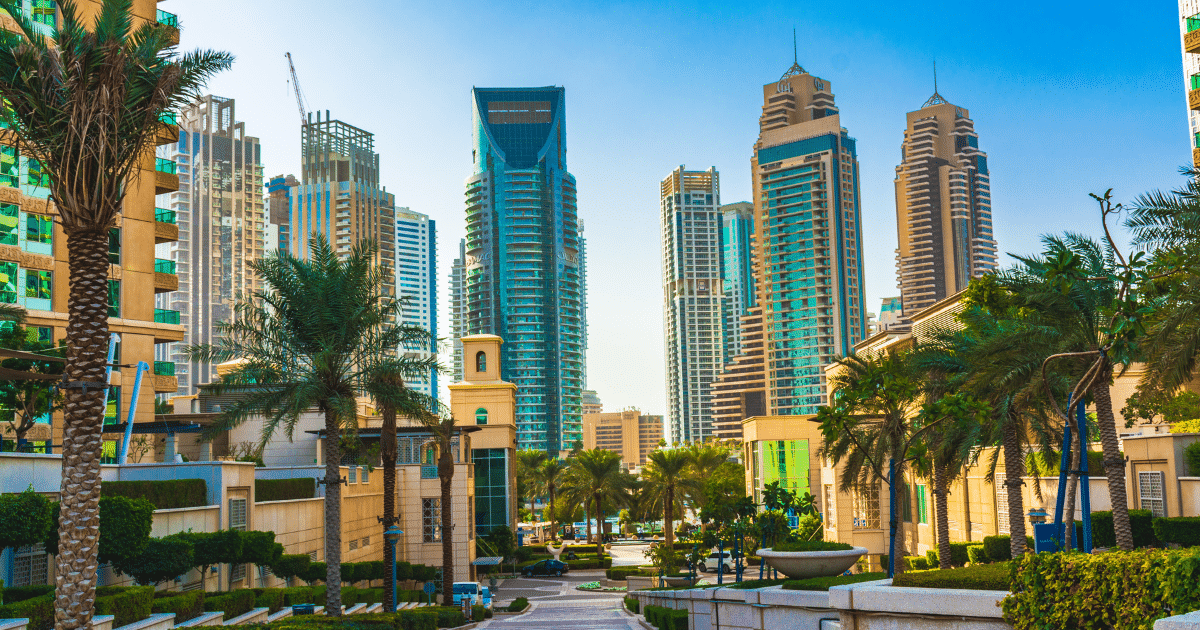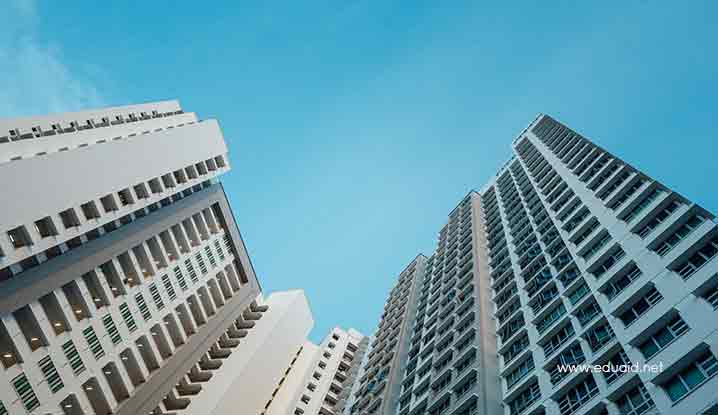New Zealand has announced plans to reopen borders from next year for fully vaccinated returning residents and foreign visitors.
In the first phase of the three-part border reopening plan, New Zealand will allow citizens and residents who are currently in Australia to return from January 16, 2022.
The second phase of the plan will see fully vaccinated New Zealand citizens and residents living in all other countries apart from Australia returning to their homeland from February 13, 2022.
Finally, in the final phase of the border reopening plan, foreign travellers who have taken both doses of the Covid-19 vaccine will be allowed to enter New Zealand from April 30, 2022.
All returnees and visitors to New Zealand from abroad will be tested for Covid-19 upon arrival in the country and will have to self-isolate for seven days after entering.
Speaking on New Zealand’s long-awaited border reopening plan, Covid-19 Response Minister Chris Hipkins said it was the safest approach for ensuring careful risk management.
He also said this three-phased approach would reduce any impacts on New Zealand’s health system and its vulnerable communities.
At present, New Zealand is allowing only citizens and residents to return to the country, with a mandatory quarantine of seven days at government-managed quarantine hotels.
However, due to limited spacing in the government-managed quarantine facilities, many potential returnees are electing to postpone their return.
At the start of the pandemic, New Zealand was one of the first countries in the world to decisively shut its borders to prevent a Covid-19 outbreak.
Moreover, New Zealand implemented strict and swift lockdowns in the country to combat the pandemic. Such a tough stance was highly-praised and kept casualties from the pandemic at a minimum.
However, the highly-infectious Delta variant of Covid-19 forced the country to switch to increasing vaccination rates in the country instead of sticking to a shutout strategy.
New Zealand also introduced a safe travel bubble with Australia earlier this year, but that was suspended months later following further coronavirus outbreaks in both countries.






